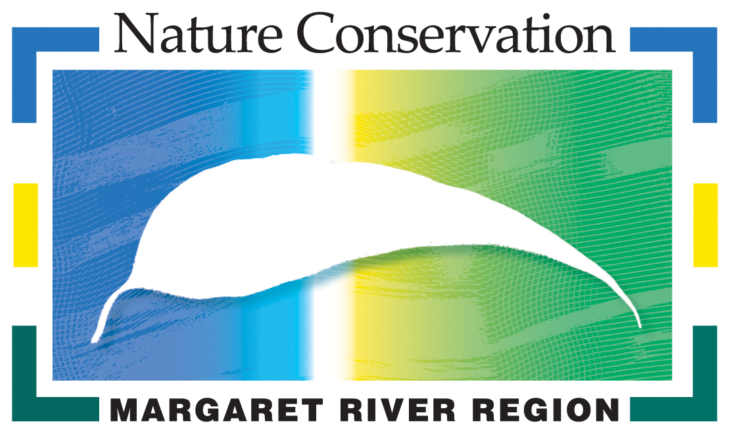After five years, Nature Conservation’s hugely successful Western Ringtail Possum Citizen Science Project has come to an end, with volunteers logging more than 700 hours mapping and monitoring the adorable marsupials.
Ringtails, known as Nguraren by the Wadandi people, are only found in south-western WA and were once widespread from Perth to Albany, but the species is now listed as critically endangered with an estimated 8000 individuals left.
Nature Conservation in partnership with the Shire of Augusta Margaret River has been working to better understanding local ringtail populations, protect local habitats and raise community awareness and engagement in ringtail conservation.
The program included a series of community revegetation busy bees to plant more than 10,000 seedlings and extend 2.5 hectares of possum habitat along the banks of the Margaret River, with volunteers, school groups and local businesses all getting involved.
It was also aimed at educating the community through a series of possum spotting workshops; citizen science training days; presentations on how to live with ringtails and create possum habitat in gardens; and the Pets Away Possums Play campaign to stop dogs and cats from disturbing ringtails.
Finally, the program played a crucial role in mapping, surveying and understanding the habitat requirements of ringtail populations in the Margaret River region, using the annual Ringtail Tally and also thanks to a team of more than 30 dedicated volunteers who walked regular night-time transects through bushland.
Western Ringtail Possum Project coordinator Lauren Scanlon praised the efforts of the local citizen science volunteers who 12 times a year for the past five years have surveyed 12 locations from Augusta to Cowaramup on the Wadandi Track and key bushland reserves. “When this program first started out, we feared we mightn’t have enough volunteers and wondered how we’d retain them for such a lengthy project. But in fact we’ve been inundated with volunteers, many of whom who have been with us since the very beginning,” she said.
Local resident Annie Marsh (pictured) has volunteered on the program since day one, tirelessly carrying out possum surveys, data entry and revegetation. “I’ve got the time to do it, I really enjoy it and it’s great to be outside and do my bit for these beautiful animals,” she says. “The ringtails are such sweet creatures.”
Crispin Underwood has also done five years of surveying. “I like the idea of citizen science. It’s a great opportunity to get out in the bush at night which is always exciting. It’s really rewarding, particularly when you spot quite a few ringtails, which are our iconic little marsupials and we’ve lost of lot of them.”
Augusta’s Jenny Kikeros hasn’t missed a single survey, carrying out 12 a year for five years. “When we first went to Augusta I was told there were no ringtails. I wanted to show that wasn’t the case and to me it looks like the population in Augusta is stable. Surveying at night, you also see phascogales, frogs, micro bats, owls and it’s a privileged world and it makes you want to help protect it. I love seeing how the ringtail mums carry their young and really nurture them, and when you look at them you can see the love. If you care about nature, get involved with Nature Conservation because it’s just the best feeling of euphoria and awe knowing you are doing your bit.”
Funding for the program came from the Australian Government’s National Landcare Program through the South West Natural Resource Management plus assistance from the local shire. And although the project has ended, Lauren said Nature Conservation and the community would continue to monitor, support and care for our Western Ringtail possums. “We’ll still be encouraging citizen science through our annual Ringtail Tally, and we are developing a habitat model… to inform future revegetation and habitat enhancement projects,” Lauren says.
In total over the 5-year project, 1922 adult ringtails were spotted plus 498 juveniles and 17 babies. The total number of animal sightings was just under 3000, including the tawny frogmouth, rakali, phascogale, barn owl, dunnart, boobook as well as introduced species cat and fox, and even a penguin. A total of 85 volunteers carried out surveys over 676 nights. The largest number of ringtail sightings was at the aptly named Nguraren Kalleep, which is Wadandi for ringtail possum camp.
“Ringtails are smaller than the more common Brushtail possum and can be identified by the long thin tail with a white tip,” says Lauren. “You can do your bit to look after our ringtails by installing a possum box in your garden, helping us replant habitat at community busy bees, driving slowly at night to avoid running them over and by keeping pets indoors at night so possums can roam freely and safely across their habitats.”
